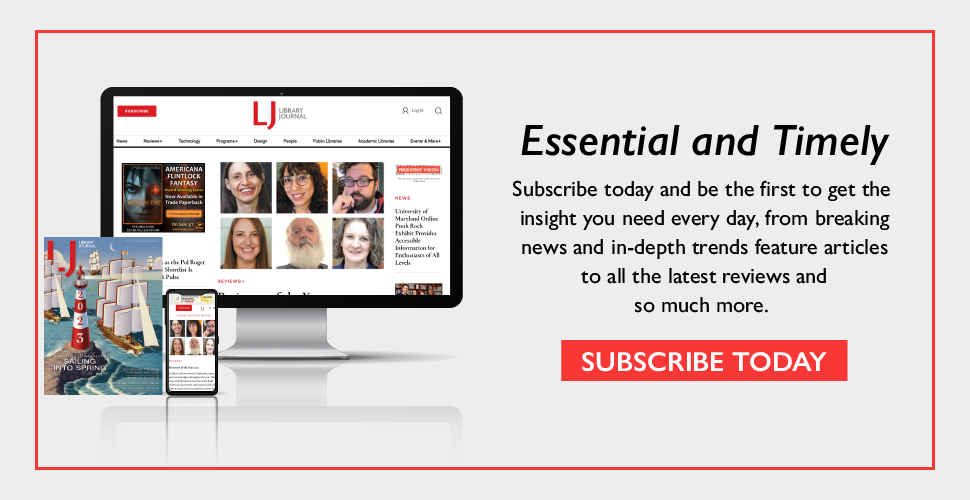Teaching the Teachers: Primary Sources Immersion Program | Peer to Peer Review
The recent approval of the Society of American Archivists/Association of College and Research Libraries’ Rare Books and Manuscripts Section Joint Task Force on the Development of Guidelines for Primary Source Literacy illustrates the professions' move beyond show-and-tell style teaching.

Faculty members Heather Eastman-Mueller, Gerry Lanosga, and Akinwumi Adesokan gain hands-on experience with special collections at IU's Lilly Library.
Photo courtesy of IU Libraries
Immersing the faculty
Within the past few years, Indiana University (IU) Bloomington's University Archives and the campus's principal rare books, manuscripts, and special collections library, the Lilly Library, had begun to explore these newer methods of engagement. The librarians and archivists knew, however, that there were opportunities that could involve other campus repositories. Working with the IU Libraries Department of Teaching & Learning, the three departments collaboratively developed the idea for the Primary Sources Immersion Program. Our goal was to collaborate with repositories across the IU Bloomington campus in order to introduce teaching faculty to the array of primary sources that exist in their backyard, and their pedagogical potential. After much discussion and lots of planning, the IU Bloomington Libraries hosted its first-ever Primary Sources Immersion Program (PSIP) in August 2017. Instructors applied via a competitive process and selected applicants received a grant to participate in the two-and-a-half-day workshop. This workshop addressed two interconnected goals: first, to promote the exploration and teaching potential of the IU Bloomington campus collections by directly engaging faculty in the use of primary sources in their classrooms. Second, to model for faculty some ways of engaging their students with primary sources in a meaningful way, teaching them how to critically examine archival materials. To receive the full grant, participants were required to partner with a campus repository to develop at least one assignment or classroom exercise designed to engage students using primary sources. During the course of the summer program, participants engaged in a variety of ways with the range of special collections on campus, from a captivating hands-on experience with film to engaging in the same exercises their students would when examining a collection of rare books.An embarrassment of riches

Jennifer Maher, director of undergraduate studies and clinical associate professor of gender studies, uses a stereoscope to look at cards that are part of the Bushong-Beasley Antiquarian Dermatology Collection at IU's Lilly Library.
Photo courtesy of IU Libraries
Sustainability and scale
The program is not without its challenges, however—the first being sustainability. From a financial perspective, in this first year we were able to provide funding for participants and a budget for food to encourage participants and repository representatives to network and mingle. Thankfully, we have support from the IU Libraries and a grant from IU's Office of the Bicentennial to fund the program for the next three years. If we hope to continue the experience and provide a financial incentive to faculty, a more permanent source of funding will need to be secured. Second, from a physical perspective, finding library space to host the program was a challenge, not to mention facilities to accommodate large class visits later in the semester—particularly in spaces (i.e. reading rooms) that aren't designed to accommodate large numbers of students. Third, from a human resources perspective, these archival instructional programs are, for most repositories, nascent; as a result, staffing may not be adequate to absorb this new work and the growing number of classes. Yet another challenge is the program’s timing: we scheduled the 2017 program close to the start of the semester, which overlapped with the beginning of school for participants' children. This presented a childcare issue for two participants, and we’ll be mindful of this in planning next year’s program. One final challenge—and also an opportunity—was a stipulation of the funding we received from the Office of the Bicentennial to reserve at least two faculty spaces for instructors from IU's regional campuses. This is an exciting expansion of our program, but could have the unintended result of overly taxing our library colleagues at the regional campuses, all of which have significantly smaller staffing levels. Given our challenges with sustainability, we decided to slightly reduce the number of faculty participants. This will hopefully also have the added benefit of fostering discussion, enhancing coherence of the group, and helping them bond as a cohort. (The small opening reception for participants, archivists, and librarians showed us how much invitees enjoyed getting together in that setting. One faculty member admitted she had planned to skip it but found it valuable as a time to just get to know campus colleagues.) Equally important, archivists and librarians established new working relationships with participants, and as we learned more about one another's collections, collaborations have sprung up and continued well beyond the official end of the program.Improvements and iterations
Despite these challenges, we learned a lot from our debut program. For example, our participants were excited to learn about the archival collections and their potential for teaching, and to learn new teaching strategies. They also said they would prefer to use the time we had set aside during the program to work on their syllabus/assignments to talk with archivists and librarians. Finally, instructors wanted more opportunity to “deconstruct” sample exercises led by the archivists and librarians. Going forward, we will greatly increase the time allotted for consultation and discussions. Overall, we count the PSIP as highly successful, because it catalyzed collaborations among archivists, instructors, and librarians, and has the potential to significantly change campus instruction—and with that, to excite and engage students with archival materials in a way they may have otherwise never experienced.Meg Meiman is Head of Teaching and Learning at the Indiana University Libraries; Dina Kellams is Director of the Indiana University Archives
RELATED
RECOMMENDED
TECHNOLOGY
ALREADY A SUBSCRIBER? LOG IN
We are currently offering this content for free. Sign up now to activate your personal profile, where you can save articles for future viewing









Add Comment :-
Comment Policy:
Comment should not be empty !!!